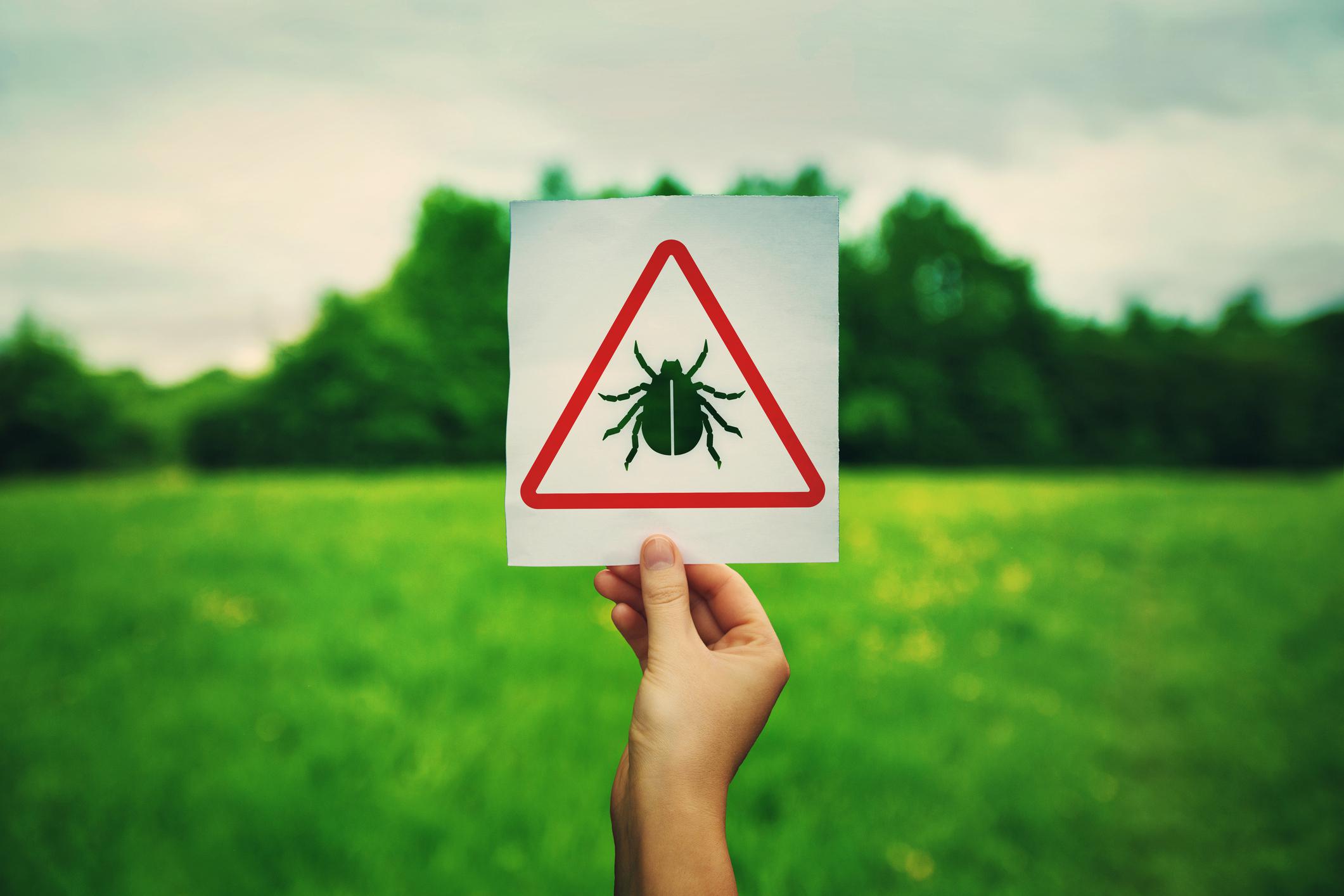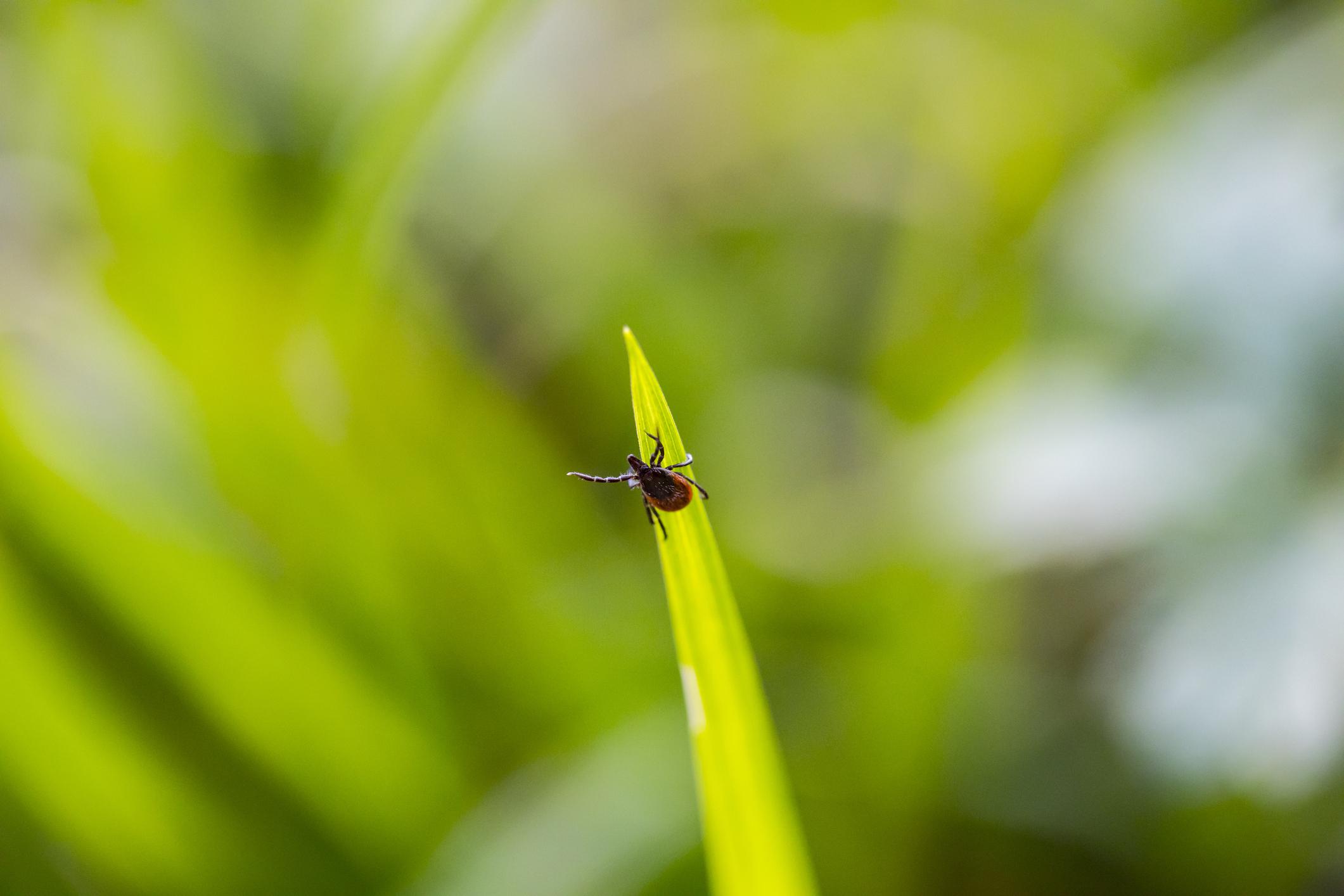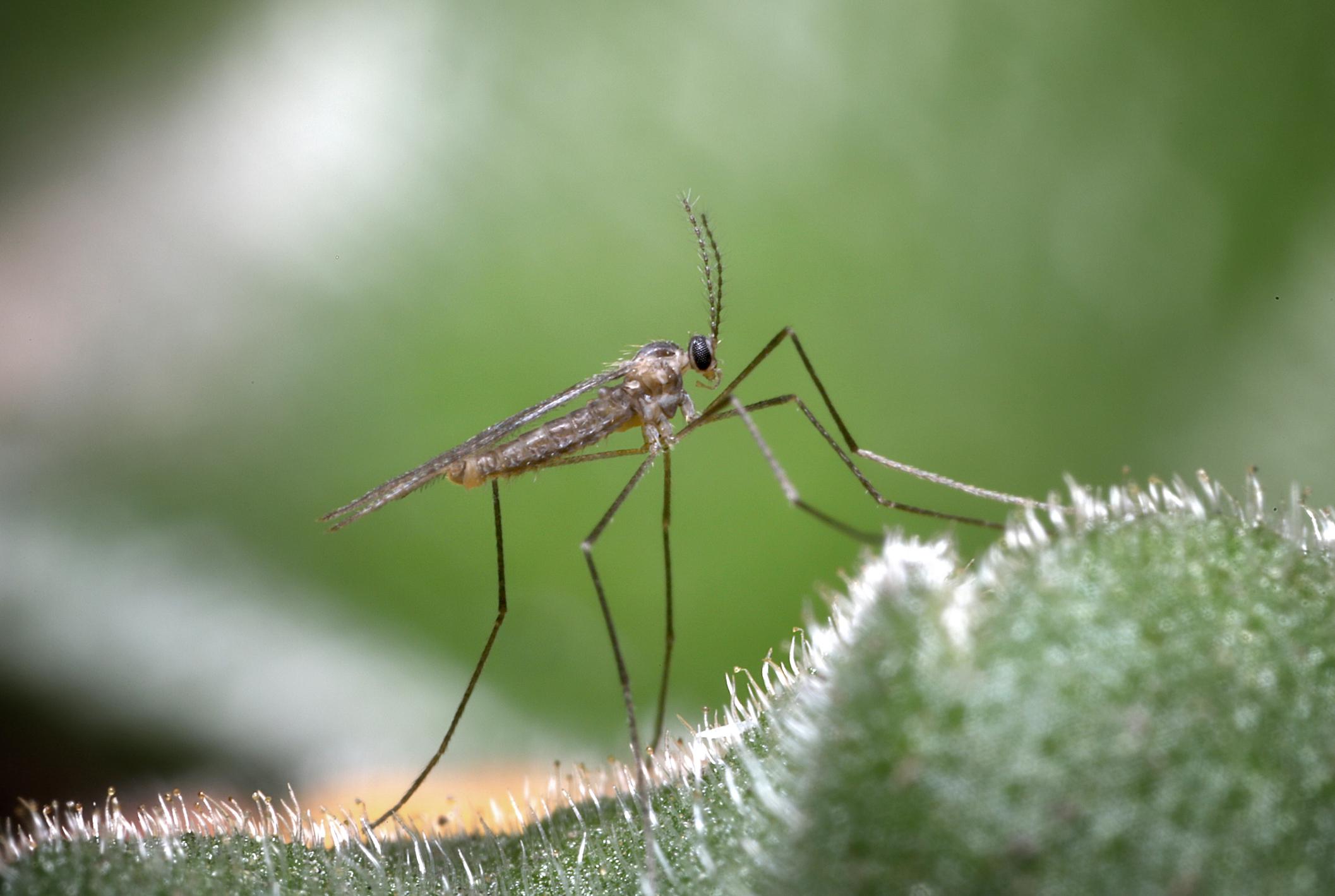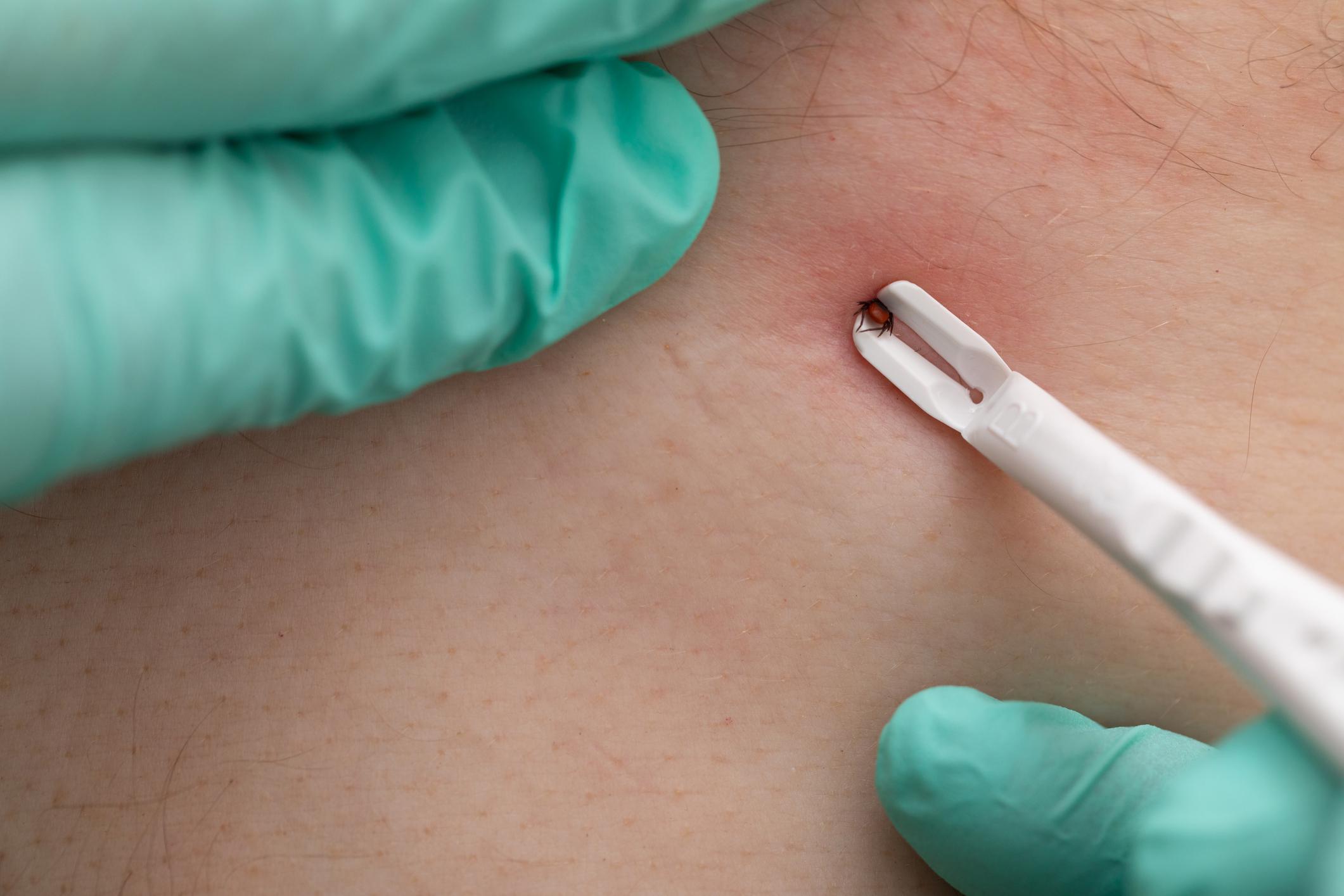More Than Lyme: Ticks in Southeastern Massachusetts Present Other Dangers
Posted by Mosquito Squad
August 30, 2016
We talk about Lyme disease and the serious threat here in Massachusetts all the time, but it’s not the only tick-borne illness we should be aware of. Black-legged ticks are very prevalent in South Shore and Fall River, and they can carry several other diseases as well: Anaplasmosis, Babesiosis, Powassan, and now the newest tick disease recognized in this area Borellia miyamotoi, are all transmitted by the deer tick.
In an article published by the Herald News, deputy state epidemiologist Dr. Catherine Brown warns of the concerns of these illnesses. Not only from deer ticks but also the Lone Star tick that is “moving this way”. Lone Star ticks carry STARI, and Rocky Mountain spotted fever which is rare in Massachusetts but expected to grow. Dr. Brown believes that humans moving out of the cities into the suburbs can be causing the introduction of newer disease. Powassan and B. Miyamotoi are the latest of these diseases and while still rare, a recognized threat.
Powassan
The Department of Public Health reported 9 cases of tick-borne Powassan (POW) between 2013 and 2015 and a survey of ticks on Cape Cod have found POW present on Cape Cod this year. Powassan can be very dangerous. Symptoms include fever, headache, vomiting, weakness, confusion, loss of coordination, speech difficulties, and seizures. Though some may never have symptoms at all, the CDC says Powassan can infect your central nervous system causing inflammation of the brain and around the spinal cord. 10% of those that contract encephalitis (swelling of the brain) due to POW will die and 50% of the survivors will have permanent neurological symptoms. There are no vaccines for this disease and no medication to treat it. Only the symptoms can be treated. While still rare, the concerns about this disease are warranted.
Borellia Myamotoi
This tick-borne disease was first discovered in Japan in 1995 and to date, there have only been 60 cases reported in the United States. Its symptoms are very similar to Lyme disease: fever, chills, headache, body and joint pain, fatigue. Lack of rash seems to be the major difference. Cases of B. Myamotoi have been successfully treated with antibiotics. One of the biggest dangers is the disease’s ability to spread fast. Ticks can spread B. Myamotoi to their offspring, making larval and nymph ticks vectors. Most tick-borne diseases require a first blood meal for the tick to become infected. There do not appear to be long-term issues with the disease at this point, but fewer cases make for less information, so it is still best to be cautious.
Practice Prevention First
Larry Dapsis, an entomologist and deer tick program coordinator at the Cape Cod Cooperative Extension, says “Our basic message to people is to prevent getting the tick bite in the first place, protect yourself, protect your yard, and protect your pets.” At Mosquito Squad of Southeastern Massachusetts, we agree wholeheartedly. Your outdoor tick exposure begins at home. Our traditional barrier treatment will eliminate 85-90% of ticks on contact. The addition of our tick tube system will continue the tick control process by starting at the beginning of the tick life cycle.















